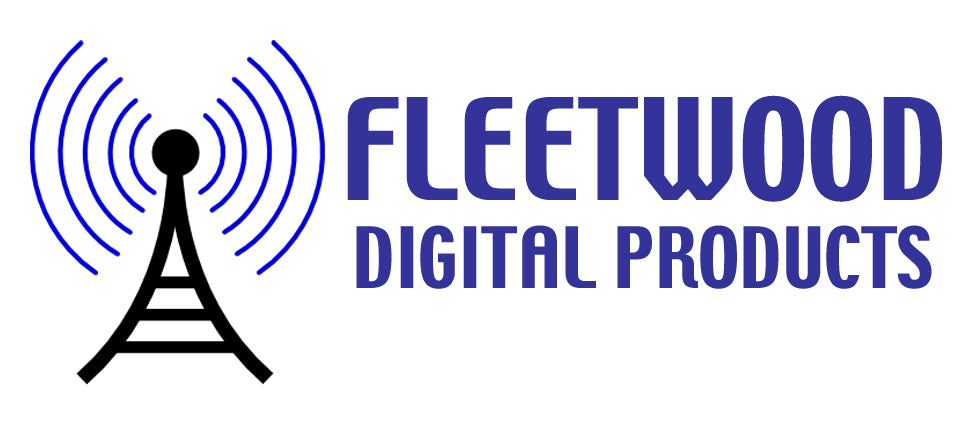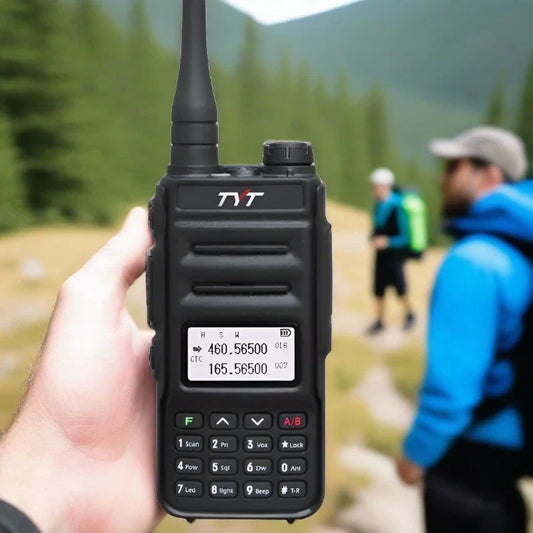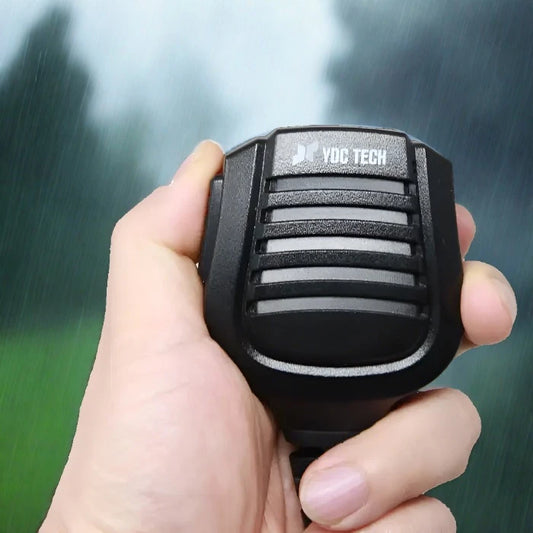Amateur Radio Contesting is a global phenomenon enjoyed by both young and old. For many, it starts with the thrill of exploring the oldest form of radio - telegraphy. This mode of communication explains why radio waves in Morse code can be found across many bands and offers an interesting challenge in developing understanding of this form of digital messaging.
Another exciting aspect of Amateur Radio Contesting is Directional Finding. This utilizes a directional antenna and enables operators to identify the location of remote stations operating on the frequency at long distances. It is popular amongst competitive enthusiasts as they attempt to pinpoint their opponents' location, while families also use this skill to explore the outdoors and have a little fun while learning Radio Directional Finding.
The more traditional contest of making QSOs and earning points requires operators to contact as many other stations as possible within a certain period of time. By accurately logging the details of each station contacted and submitting the data for review, operators can earn points for the total number of contacts made during the contest duration. Ultimately, the highest-ranked operator receives international bragging rights.
Ultimately, Amateur Radio Contesting provides a great opportunity to engage with the concept of radio communication through two distinct challenges - telegraphy and Directional Finding, and much more traditional, yet highly competitive methods of earning points by making radio contacts. For both new and experienced radio operators, whether taking part individually or involving the whole family, Amateur Radio Contesting is a great chance to further explore the world of radio and develop a greater understanding of this fascinating technology.









